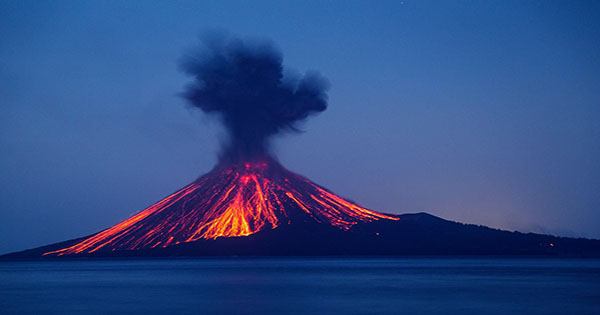One of North America’s longest rivers is once again in bad form due to the continued drought and extreme heat, forcing water managers to issue a warning to farmers in central New Mexico who depend on the Rio Grande on Thursday that water supplies will run out soon.
As a result, it is anticipated that parts of the river in the Albuquerque area would dry up similarly to last year.
The Middle Rio Grande Conservancy District and the Bureau of Reclamation both claim to be attempting to lessen the effects on the native silvery minnow, a shimmering fish about the size of a pinky.
Water users in the Middle Rio Grande have been given notice to anticipate changes in availability and delivery schedules soon.
Due to a higher-than-normal irrigation demand and lower-than-expected natural river flow, the conservancy district began releasing water on July 17, 2023, from the San Juan-Chama Project, which brings water from the Colorado River Basin into the Rio Grande Basin via a system of diversion dams, tunnels, channels, and other infrastructure. The majority of the existing irrigation supply comes from natural river flow, with about 40% coming from project storage releases.
The lack of rainfall is difficult on its own, coupled with the challenges of not being able to store water for summer releases, is disheartening, but we are doing our best to work with water users in the middle Rio Grande Valley to deliver what is available.
Jason Casuga
Water from the project is expected to run out before August 23, 2023, leaving irrigation district managers to rely entirely on natural flows to continue delivering water into the fall.
“The lack of rainfall is difficult on its own, coupled with the challenges of not being able to store water for summer releases, is disheartening, but we are doing our best to work with water users in the middle Rio Grande Valley to deliver what is available,” Jason Casuga, the irrigation district’s chief executive, said in a statement.
In order to target specific river segments with known silvery minnow habitat and to control the rate of predicted river drying, the Bureau of Reclamation will release water to supplement flows in collaboration with the irrigation district and the U.S. Fish and Wildlife Service.
The Rio Grande went dry in Albuquerque for the first time in four decades in August 2022 due to persistent drought.
About 700,000 acre-feet, or 228 billion gallons of water, have been leased during the past 20 years by the Bureau of Reclamation to supplement flows through the Middle Rio Grande for endangered and threatened species.
The silvery minnow has been listed as endangered since 1994. It has survived a century of habitat loss as the almost 1,900-mile (3,058-kilometer) river from Colorado was dammed, diverted, and funneled to New Mexico, Texas, and northern Mexico. It now only inhabits about 7% of its historical range.
















